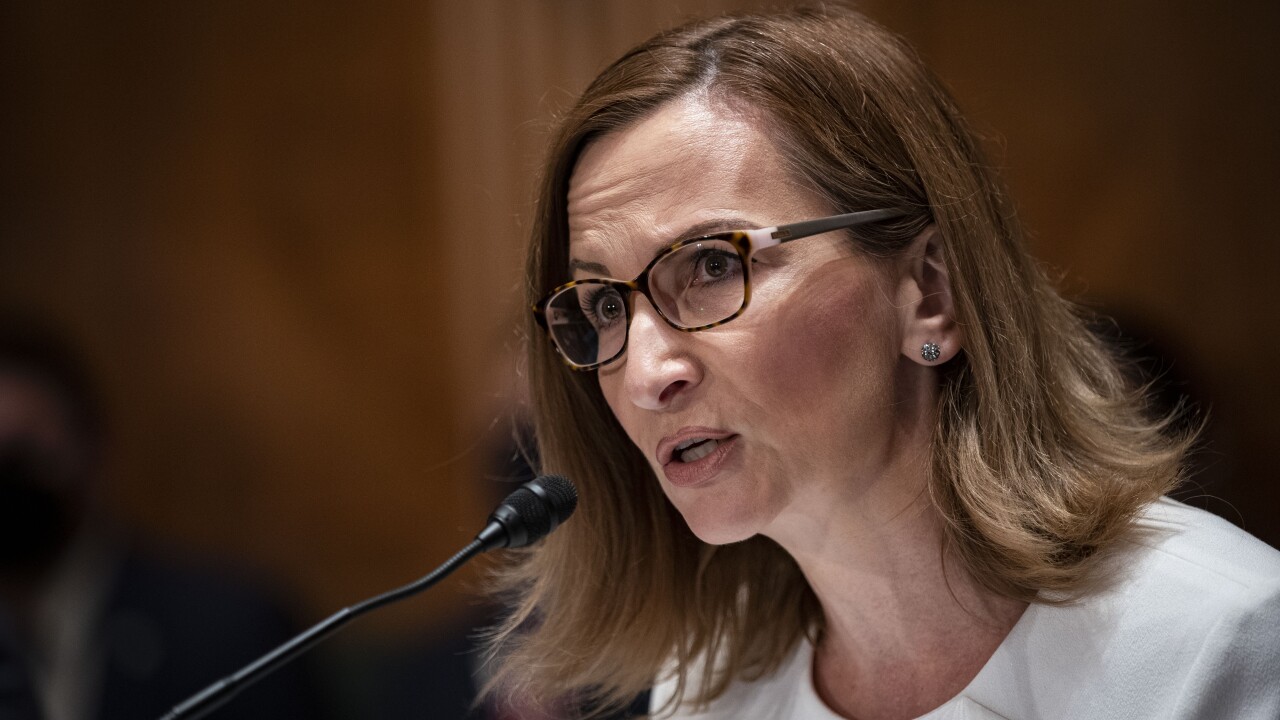MobileLime is not the first U.S. company to try to make cell phones payment vehicles at the point of sale. In 2002, an Overland Park, Kan.-based company, Wirca Inc., began testing a similar payment application.
While the company has since gone out of business, one toy store involved in the Kansas City-area test of Wirca's PocketChange application, Learning Tree, lauded the system. "It was more secure than a credit card, and from both the merchant and customer point of view it was easy to use," says Johnny Gierson, the store's owner.
While Gierson says some day he will look again at enabling in-store payments via cell phones, he has no immediate plans to do so. However, after hearing about MobileLime, he said he would consider that service.
The Wirca test also included several undisclosed convenience-store, gasoline and restaurant locations, and the company enabled the use of cell phones to buy sodas at about 50 Pepsi vending machines.
In Gierson's view, Wirca was ahead of its time. "If it came about five to 10 years later, it might have been a bigger hit," he says. "People today won't leave home without a cell phone. That's the society we live in today."
Initially, Wirca used Phoenix-based Hypercom Corp.'s ICE payment terminals in its test. At the time of the testing, Howard Gerson, Wirca founder and president, said the company intended to sell application licenses to other terminal vendors and processors. Cards&Payments could not locate Gerson to comment for this article.
With PocketChange, consumers could use any cell phone to shop at participating merchants, who needed to download a free piece of software into their dial-up or Web-enabled payment terminals. The retailers paid a per-transaction fee for the service that was similar to the discount fees they paid their merchant banks.
To participate, consumers provided Wirca a debit or credit card number, which the company used to create a stored-value account that automatically was replenished using the card information when available funds reached a floor limit. Issuers still earned interchange but lost some brand exposure.
Wirca was testing one system that required callers to dial different numbers for specific merchants and another system that used a single phone number for all merchants. Once consumers called one of the numbers, they were prompted to key in a PIN. Wirca then verified the validity of the PIN, and the consumer was given a three-digit code that expired in 60 minutes and was good for one purchase only.
At the check-out lane, customers either gave the clerk the three-digit code to key in to the payment terminal, or they keyed it in themselves. The merchant identification code, the consumer's three-digit code and the transaction amount were then transmitted to Wirca's data base, which verified the consumer had sufficient funds and authorized the payment. Consumers could keep track of their purchases in real time from a password-protected Web site.
(c) 2006 Cards&Payments and SourceMedia, Inc. All Rights Reserved.
http://www.cardforum.com http://www.sourcemedia.com
-
The payments fintech recently introduced AI agents to its lineup of products banks and credit unions can pick from and add to their existing technology stacks.
November 14 -
Haiqu's new encoding technique allows quantum computers to process high-dimensional financial data, showing improved performance in spotting anomalies.
November 14 -
The Virginia-based bank had been an example of what can go wrong when banks partner with fintechs. After being released from an OCC enforcement action, Blue Ridge is now focused on operating as a traditional community bank, said CEO Billy Beale.
November 14 -
The payments company is expanding the transfer app in an effort to entice more consumers to use the service as their primary banking relationship
November 14 -
Customers of fintechs like Yotta and Juno, who in some cases lost their life savings, may start to get reimbursed out of the agency's Civil Penalty Fund, but no timeline has been announced for repaying them.
November 14 -
MetroCity Bankshares in Doraville, Georgia, plans to finalize its acquisition of First IC Corp; Rockefeller Capital Management's Brian D. Riley will join BNY Wealth as global head; Blackstone appoints former Morgan Stanley rainmaker Franck Petitgas to a top role in Europe; and more in this week's banking news roundup.
November 14





